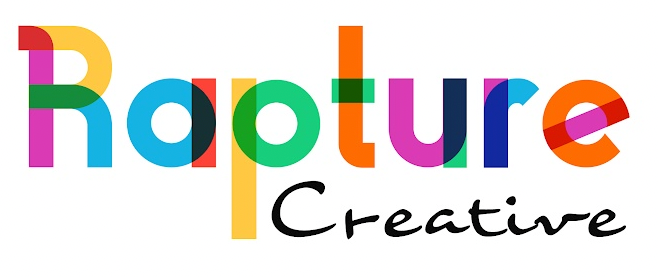Digital Marketing Glossary
To help you understand our digital marketing strategies, here’s an A to Z of all useful digital marketing terms.
Content marketing is a form of marketing focused on creating, publishing, and distributing content for a targeted audience online.
What a user is looking for when conducting a search query via a search engine. User intent takes into consideration the keywords used in search queries, but goes beyond them, trying to understand the context and the intention behind those words.
The percentage of visitors to a particular website who navigate away from the site after viewing only one page.
A content management system is a software application that can be used to manage the creation and modification of digital marketing content. Content management systems are typically used for enterprise content management and web content management (Think WordPress).
The extent to which customers can recall or recognize a brand.
The act of designing the company’s offering and image to occupy a distinctive place in the mind of the target market.
The ability of a consumer to recognize one brand over other brands.
A short, memorable description that becomes identified with a product.
A semi-fictional representation of your ideal customer based on market research and real data about your existing customers. When creating your buyer persona(s), consider including customer demographics, behavior patterns, motivations, and goals. The more detailed you are, the better.
The complete sum of experiences that customers go through when interacting with your company and brand. Instead of looking at just a part of a transaction or experience, the customer journey documents the full experience of being a customer.
A story about how your company came to be. It includes details like why it was started, when it was started, how it was started, who started it, where it was started, etc. Essentially, an origin story is a brand’s most precious story, the one upon which all future stories and events are based.
Features or characteristics of a product, service, etc. that distinguishes it from others of a similar nature and makes it more appealing.
A statement that answers the ‘why’ someone should do business with you. It should convince a potential customer why your service or product will be of more value to them than similar offerings from your competition.
A succinct and persuasive sales pitch.
Videos that pitch viewers on a product or service. They resemble sales letters you may have read online, except with a richer media experience.
A formal statement testifying to someone’s character and qualifications.
A method of conducting controlled, randomized experiments to improve a website metric, such as clicks, form completions, or purchases. Incoming traffic to the website is distributed between the original (control) and the different variations without any of the visitors knowing that they are part of an experiment. The tester waits for a statistically significant difference in behavior to emerge. The results from each variation are compared to determine which version showed the greatest improvement.
Positioned in the upper (or lower) half of a web page and so visible without scrolling down the page.
The output of copywriters, who are employed to write material that encourages consumers to buy goods or services.
Selling things using creative talent in areas such as art, design, or music.
Any device designed to prompt an immediate response or encourage an immediate sale. A CTA most often refers to the use of words or phrases that can be incorporated into sales scripts, advertising messages, or web pages that encourage consumers to take prompt action.
A marketing technique that’s based on the principle that people want what is difficult to obtain.
A system for increasing the percentage of visitors to a website that converts into customers, or more generally, takes any desired action on a webpage.
A re-engagement tactic that involves implementing online ad, or display ad, campaigns that work to target users who have already interacted in some way with your company’s website.
Re-engaging customers through email marketing.
A prediction of the net profit attributed to the entire future relationship with a customer.
The cost is associated with convincing a customer to buy a product/service. This cost is incurred by the organization to convince a potential customer.
An online advertising pricing model, where the advertiser pays for an explicit sign-up from a consumer interested in the advertiser’s offer.
The annual percentage rate at which customers stop subscribing to a service.
Measures the aggregate cost to acquire one paying customer on a campaign or channel level. CPA is a vital measurement of marketing success, generally distinguished from Cost of Acquiring Customer (CAC) by its granular application.
The actual price you pay for each click in your pay-per-click (PPC) marketing campaigns.
The cost of traditional advertising or internet marketing or email advertising campaigns, where advertisers pay each time an ad is displayed. CPI is the cost or expense incurred for each potential customer who views the advertisement(s), while CPM refers to the cost or expense incurred for every thousand potential customers who view the advertisement.
An online advertising pricing model, where the advertiser pays for an explicit sign-up from a consumer interested in the advertiser’s offer.
The ratio of users who click on a specific link to the number of total users who view a page, email, or advertisement. It is commonly used to measure the success of an online advertising campaign for a particular website as well as the effectiveness of email campaigns.
Identifies the Fan or Follower’s attitude towards a brand by using variables such as context, tone, emotion, among others.
An online profile of a business that contains their name, address, phone no., and some other details. Google business listing is an example of a local listing.
A ratio between net profit and cost of investment. A high ROI means the investment’s gains compare favorably to its cost. As a performance measure, ROI is used to evaluate the efficiency of an investment or to compare the efficiencies of several different investments.
